‘Horrifying’: Theme park in southwest China apologises after viral sculptures spark backlash
An artwork resembling a human centipede and another depicting a three-faced girl were among the controversial pieces at the theme park in Lijiang, Yunnan.
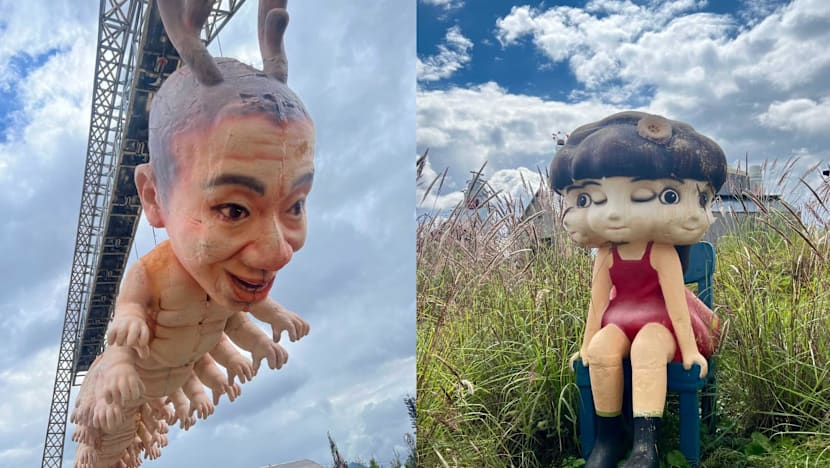
A theme park in Lijiang city in Yunnan province drew backlash after images of its surreal sculptures - including one resembling a human centipede and another of a three-faced girl - went viral on Chinese social media. (Photos: Xiaohongshu/The Shadowplay)

This audio is generated by an AI tool.
LIJIANG, Yunnan: A theme park in southwest China has apologised and removed several controversial sculptures after some visitors and netizens complained they were disturbing, sparking debate over where to draw the line between artistic expression and public comfort.
The attraction in Lijiang city in Yunnan province drew backlash after images of its surreal sculptures - including one resembling a human centipede and another of a three-faced girl - went viral on Chinese social media.
It is unclear whether the controversial artworks were part of the original attractions when the park first opened in 2020.
Named “Land of Wilderness”, the theme park was conceived by artist Qiao Xiaodao as a “fairy tale kingdom” for his daughter, according to a description on the park’s WeChat account.
The site aims to “turn scraps and waste metal into treasures using the power of imagination” and to bring Qiao’s “childhood memories and imaginary worlds” into reality.
Photos and videos circulating online show that the park is set in a vast field of overgrown grass, dotted with improvised huts and steampunk-inspired vehicles.
Critics panned the viral artworks as more grotesque than imaginative.
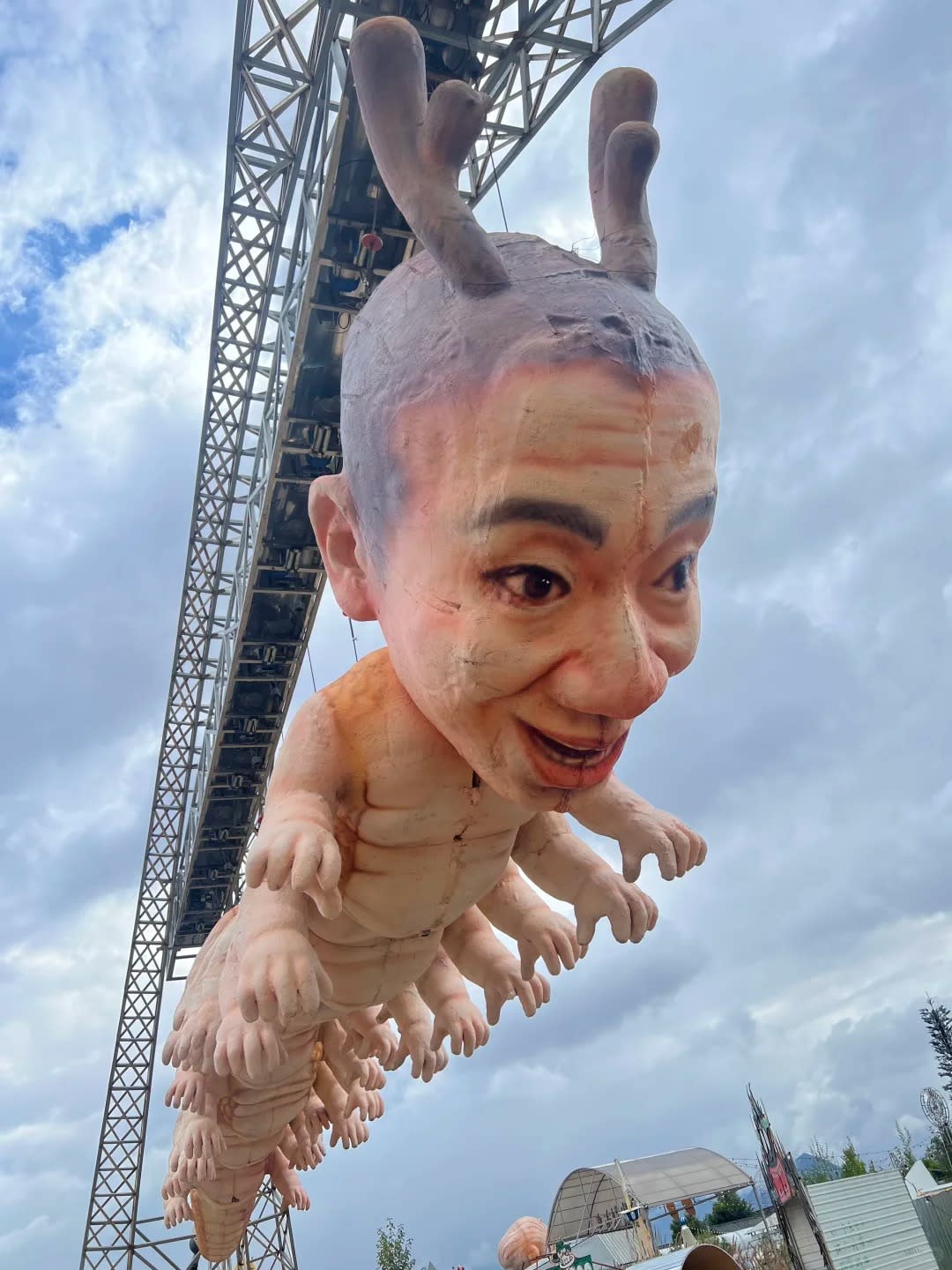
“This is what fairy tales have become?” commented a user on WeChat. “What sort of person would come up with an art style like this?”
“Does the ‘dream’ mean nightmare?” another user wrote.
Yet another user criticised the artworks as “horrifying”. “One should know how to differentiate between eerie concepts and artistic flair,” the person remarked.
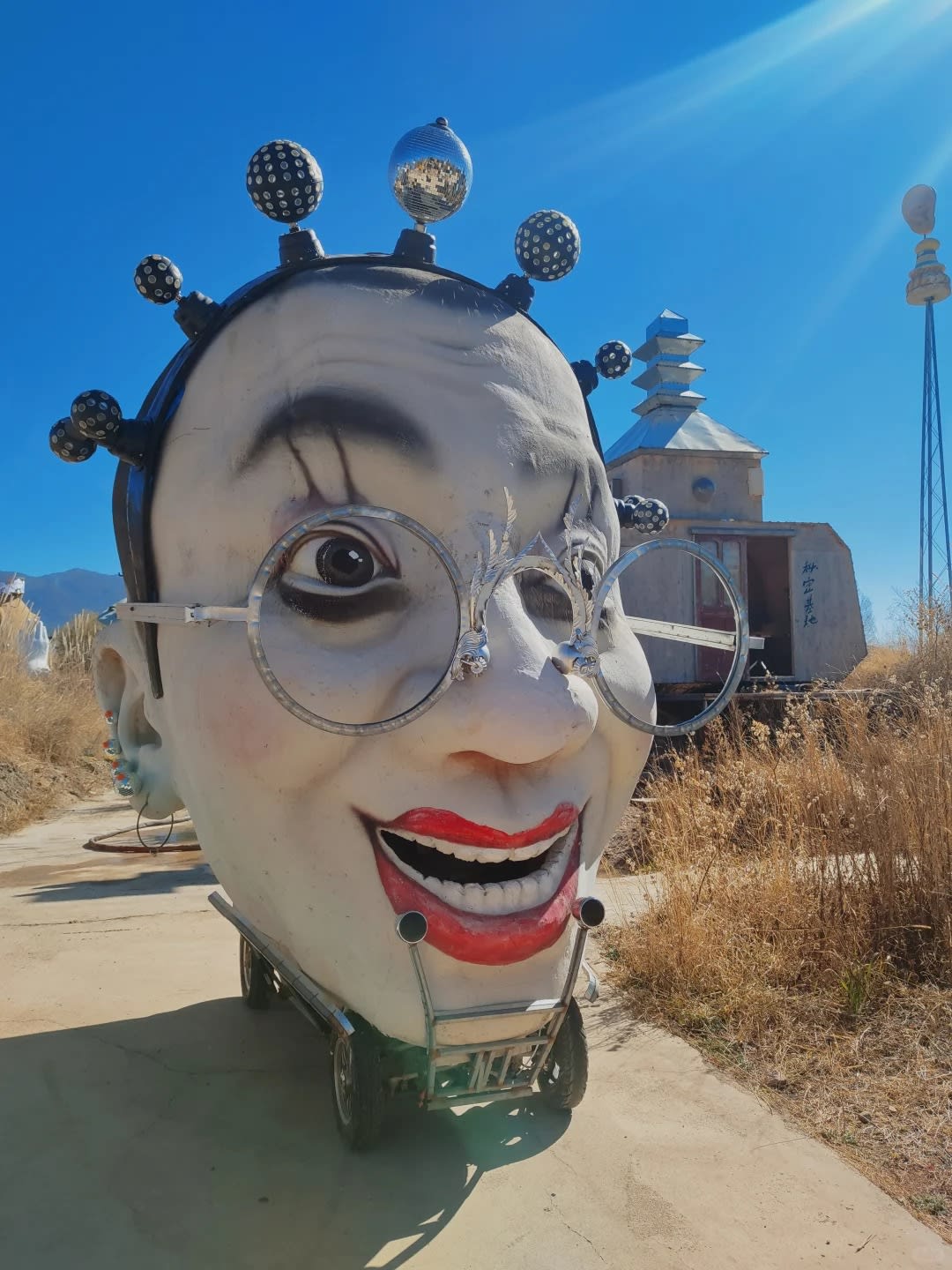
On Monday (Oct 13), the theme park apologised for the “discomfort” it caused to some visitors and said it has “dismantled” some of the “controversial” pieces, without specifying which.
“Land of Wilderness highly values the public’s feedback and opinion and has taken immediate action to improve,” it said in a statement posted on microblogging site Weibo.
“Moving forward, in our creative process, we will broadly incorporate everyone's opinions and suggestions, and continuously strive to present better artistic works to all.”
DEBATE OVER ARTISTIC EXPRESSION
The apology sparked another wave of discussion online, with some netizens rallying in support of the park and calling the backlash “nonsensical”.
One visitor described taking her two children there and enjoying the experience.
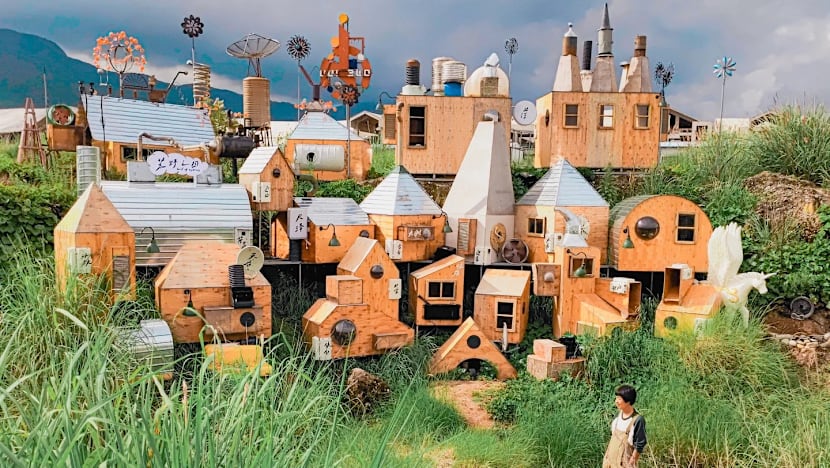
“Those who don’t like (the park) can choose not to visit, or do your research before visiting. Why must there be ‘improvements’? Why must it be ‘suitable’ for everyone?” she wrote on Weibo.
On popular lifestyle app Xiaohongshu, other visitors posted photos to show that the park offers more than the sculptures under fire.
One user likened the installations to “a child’s imagination coming to life and described the theme park as a “real-life fairy tale”.
“Those who criticised the place as ‘uncomfortable’, ‘spooky’, I want to ask if they have personally visited this place?” she wrote in a post.
“Or did they simply stroll through the park and treat it as an internet check-in spot … compared to the many frivolous exhibitions in the big cities, this place is much better,” she wrote.
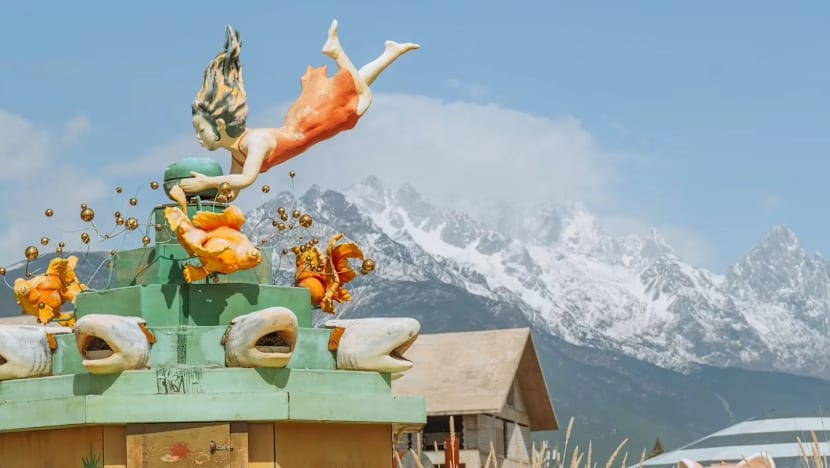
State media have also weighed in on the controversy.
People’s Daily, the official newspaper of China’s Communist Party, published a commentary on Wednesday calling for a balance between artistic expression and public scrutiny.
The commentary stated that designing and creating “unconventional” sculptures falls within a creator’s creative freedom, and they would have different aesthetics and modes of “artistic expression”, a right that should be respected.
However, as the sculptures were placed in a public setting, they should be subject to scrutiny, and the controversy that arose was “not surprising”.
It also argued that the move by the park to take down some sculptures was not “succumbing to public pressure”, but more of taking into consideration its business appeal.
If the park were to be mired in controversy and lose its popularity due to a few sculptures, “the losses would outweigh the gains”, according to the commentary, which added that removing them meant cutting losses “in a timely manner”.
“While art in public spaces should maintain its artistic individuality, it can only receive greater commercial returns by forming a positive interaction with public expectations and reaching a consensus with public aesthetics.”
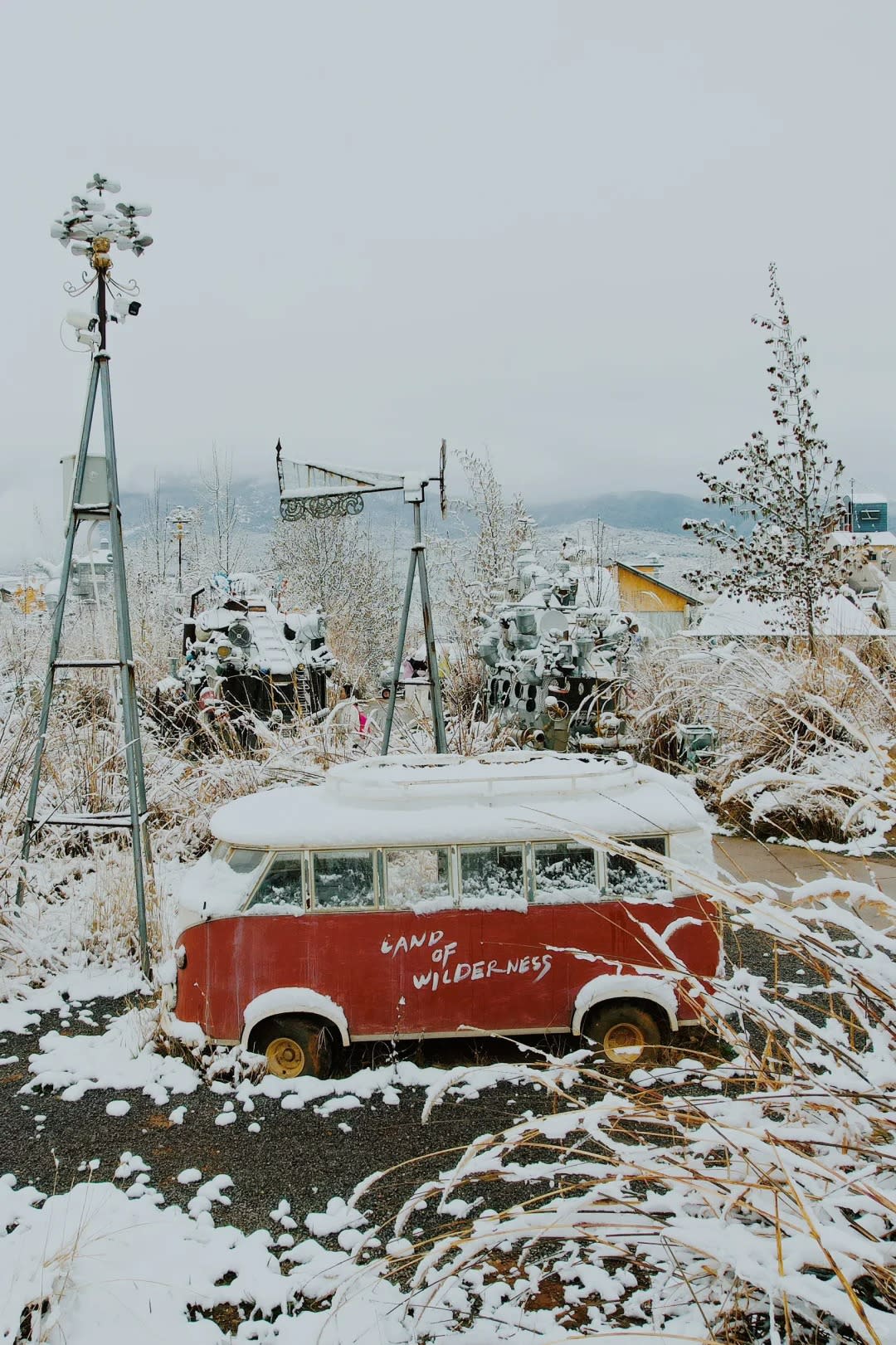
In a 2023 interview with Shanghai-based news portal The Paper, Qiao described the theme park as a kind of “hospital”, saying its primary purpose was to help him find happiness after struggling with depression.
“After its completion, I found many people who were like me, who also became happy after visiting the Land of Wilderness,” said Qiao.
“This ‘hospital’ has no doctors and no medication prescribed. People enter, and for some reason, become happy. They then leave and return to society, resuming their everyday lives.”













